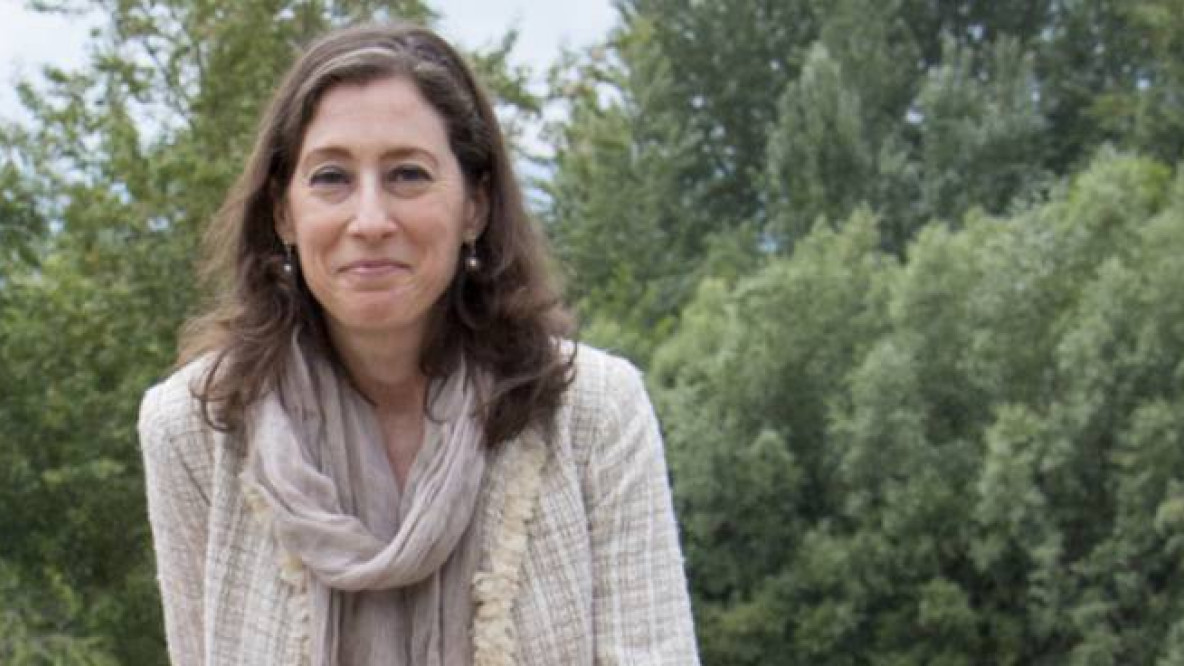The Many Faces of Integration

There’s no one recipe that will make integration of migrants successful, but knowing the historical and political context of the region is a big advantage, says Verena Wisthaler from EURAC's Institute for Minority Rights. Dorothy Zinn, an anthropologist at the unibz Faculty of Education, adds that cyberspace is helping migrants to connect with their old and new cultures.
Interview by Sigrid Hechensteiner

How do Italy and South Tyrol fare in terms of including migrants in political decision-making processes?
Wisthaler: In Italy, EU citizens are considered equal to Italian citizens in terms of regional, provincial and local elections. This is the same for all EU countries. However, those from outside the EU are not guaranteed political rights in Italy at any level - national, provincial or local. And in South Tyrol, there is another constraint at the provincial level for non-EU citizens, EU citizens and even Italian citizens coming from outside the province. You can only vote in provincial elections if you have been living in the province for at least four years.
Why is that?
Wisthaler: It was foreseen as a protection mechanism for the German- and Ladin-speaking minority in the autonomy statute. It was conceived to prevent them from being out-voted in the event of an influx of people (for example, Italians) from outside the province.
Does South Tyrol’s history shape the regions’ immigration policy?
Wisthaler: Yes, in fact, I looked at five regions in which there is a similar situation to ours: minority groups who claim to be different from the nation state in which they reside. I studied their political discourse to find out whether these minorities’ political parties believe that migrants can be integrated to support their groups’ political interests, or whether they see migrants as something that threatens their interests. I found out that it is not a question of being more in favour or less in favor of integration, but it is the particular experiences of a minority context, e.g. discrimination by the nation-state, or the need to always defend the own culture and language, that shapes the discourse of the parties.
Can you give an example?
Wisthaler: In Corsica the political parties distinguish between migrants who come to the island from the French mainland, with a French background, and those coming from outside, who could adopt a Corsican approach to things more easily.. Given the historical context, they believe that French immigrants could harm the Corsican community. This is similar in South Tyrol: the right-wing German party “Südtiroler Freiheit” welcomes migrants with a German background, as they feel they make the minority stronger, and they try to reject all those who do not fit into what they perceive as easy to integrate.
Professor Zinn, what role does electronic media play in the integration process?
Dorothy Zinn: If we define “integration” as simply assimilating to the new society, we might overlook this role. Today, migrants can stay connected with their families back home. They can download music and movies from their home country. Their kids can study the language and culture of their parents’ homeland via the Internet. It amplifies exchanges between the countries.
How can migrants integrate into their new world with a very strong emotional connection to their old one?
Zinn: Migrant families, and especially the children of migrants, have always lived in two separate worlds. Their parents’ home is the intimate space where they can express their culture and origins -which may often be quite different from the outside world. Today the Internet not only allows second-generations to keep in contact with their roots, it also gives them a platform to bond with other young people that share their same experiences.
You studied three second generation associations in Italy. Which groups do they represent?
Zinn: The members of ReteG2 are second generations with very different backgrounds - from those who partly define themselves through their parents’ different origins, to those who come from mixed families. Most of them identified strongly with their Italian local identity. The Associna group represents second generations with a Chinese background. Even so, they clearly distinguish themselves according to the part of China they come from. And last, the members of GMI, Young Italian Muslims, bond through a pan-Islamic identity, regardless of their parents’ national background.
So even when it comes to studying second generations in Italy, it seems impossible to generalize?
Zinn: We should not put people – especially young ones – in cultural boxes based on their passports. Young people are young people. They bond through rap music or latest fashion with other young people from around the world. In this sense, as my dear colleague Annamaria Rivera has pointed out, a second generation youth likely has more in common with his Italian peers than with older people who share his origins.
Academia #74 - Juli / Luglio 2016
Land in Sicht! / Terra! / Land Ho!
Magazin der / Rivista di / Magazine of unibz & EURAC


Acconsenti per leggere i commenti o per commentare tu stesso. Puoi revocare il tuo consenso in qualsiasi momento.